Pipeline cleaning is a crucial maintenance process used across various industries to ensure the efficient operation of pipeline systems. This process involves removing built-up deposits, sludge, scale, and other obstructions that can impede the flow of liquids or gases through the pipeline. There are several methods and technologies used for cleaning pipelines, each suitable for different types of contaminants and pipeline configurations.
Key Methods of Pipeline Cleaning
Pigging: One of the most common methods involves sending a cleaning device known as a “pig” through the pipeline. Operators can use pigs for cleaning, inspection, or separation of different products within the line. The pressure of the product in the pipeline propels them, and they can be equipped with scrapers or brushes to clean the walls of the pipeline mechanically.
The Chemical Cleaning method uses chemical solutions to dissolve or loosen deposits. Chemical cleaners are selected based on the type of deposit and the material of the pipeline to prevent corrosion. Chemical cleaning is often used when pigging is not possible or insufficient.
Hydroblasting: Using high-pressure water jets, hydroblasting effectively removes tough deposits and residues from pipeline walls. This method is highly effective for removing scale, rust, and other debris without introducing foreign materials into the pipeline.
Foam Cleaning: Foam swabs or discs are used along with liquids that expand within the pipeline to scrape and absorb contaminants. This method is particularly useful for pipelines that have bends and fittings where rigid pigs cannot navigate effectively.
Considerations for Pipeline Cleaning
Pipeline Integrity: Cleaning should not damage the pipeline. Operators must choose a method that is suitable for the pipeline material and the nature of the deposits.
Environmental Impact: The disposal of waste material removed from the pipeline and the use of chemicals must comply with environmental regulations.
System Downtime: Planning cleaning operations to minimize disruption of normal operations is essential, particularly in continuous process industries.
Safety: Ensuring the safety of personnel and the facility during cleaning operations, especially when using chemical or high-pressure methods.
Benefits of Regular Pipeline Cleaning
Regular pipeline cleaning maintains operational efficiency and extends the infrastructure’s lifespan. It prevents issues like reduced flow rates, increased pressure drops, and blockages. This practice also plays a crucial role in operational safety by preventing leaks and failures, which could cause environmental and safety hazards.
Industries such as oil and gas, chemical manufacturing, and utilities rely on pipelines to transport fluids and gases. For them, regular and effective pipeline cleaning is essential for maintenance.
Regular pipeline cleaning significantly boosts operational efficiency by ensuring optimal flow conditions within pipelines. This proactive maintenance reduces the likelihood of unexpected downtime due to clogs or inefficient material transport. Regularly removing deposits like scale and sediment also minimizes the internal corrosion process, thus preserving the pipeline’s structural integrity.
Additionally, well-maintained pipelines use less energy to pump fluids and gases, leading to cost savings on energy expenses. Regular cleaning also enhances the accuracy of monitoring equipment, which relies on clear pipelines to detect flow rates and pressures accurately. This accuracy is crucial for maintaining system stability and operational safety.
Safety remains a top priority, and regular cleaning helps prevent hazardous leaks and spills that can cause environmental damage and pose health risks. For industries like oil and gas, chemical manufacturing, and utilities, maintaining clean pipelines is not just a matter of efficiency but also regulatory compliance, ensuring they meet industry standards and legal requirements.
In essence, the routine cleaning of pipelines is an essential practice that supports the reliability, safety, and cost-effectiveness of infrastructure across various industries.
Pipe Cleaning Tool
A Pipeline Cleaning Pig is a specialized tool that maintenance teams use to clean, inspect, and verify the integrity of pipeline systems. Operators refer to these devices as “pigs” because they traditionally make a squealing sound while traveling through a pipeline. Pigs are an essential component of pipeline maintenance, ensuring that the pipeline operates efficiently by preventing and clearing obstructions and buildup.



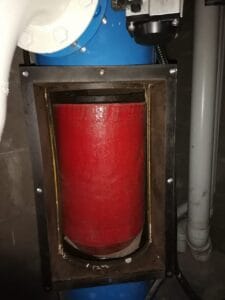
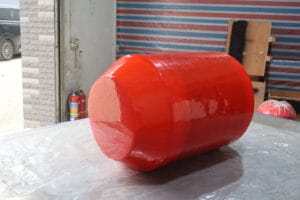
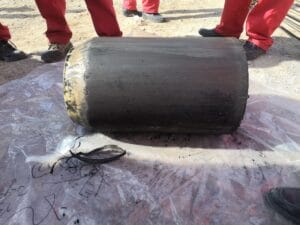
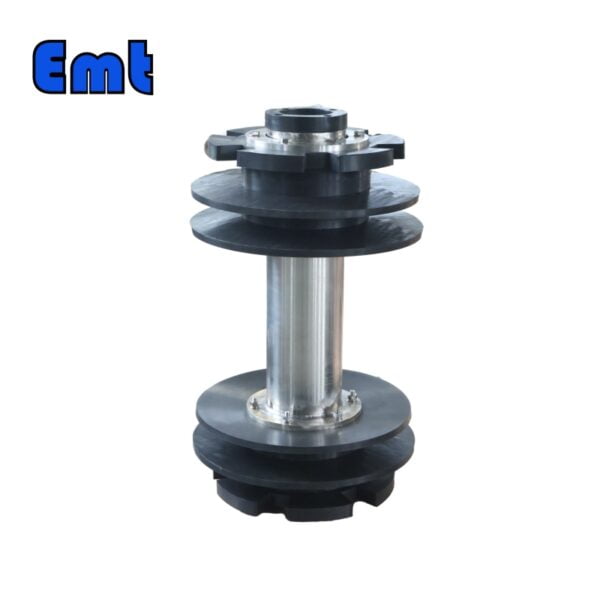
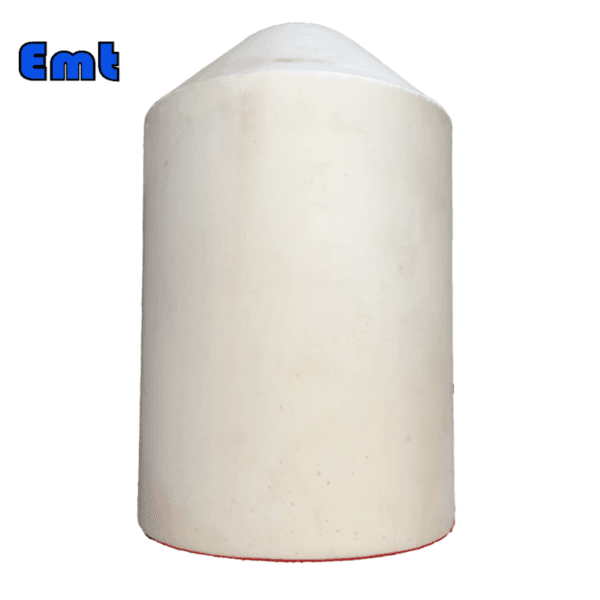
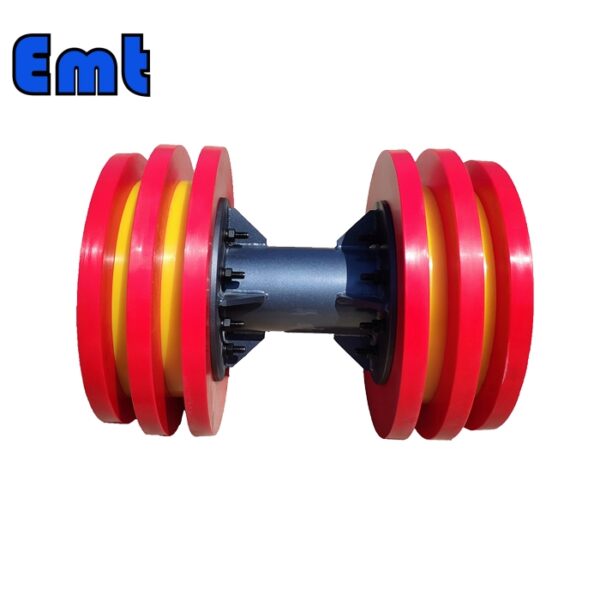
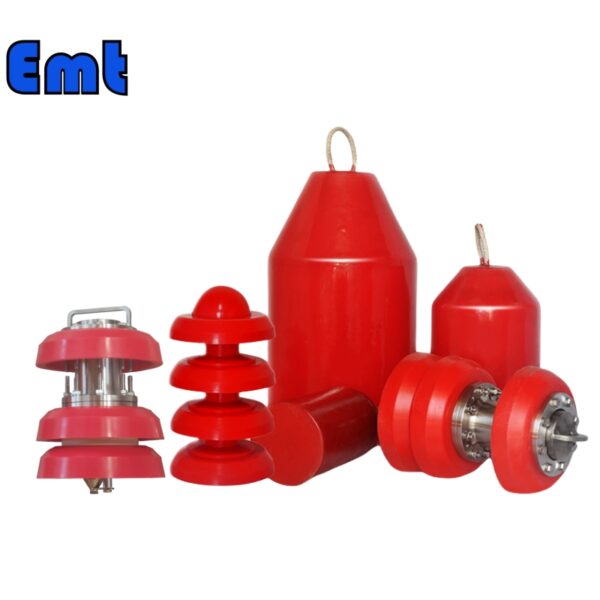
There are no reviews yet.